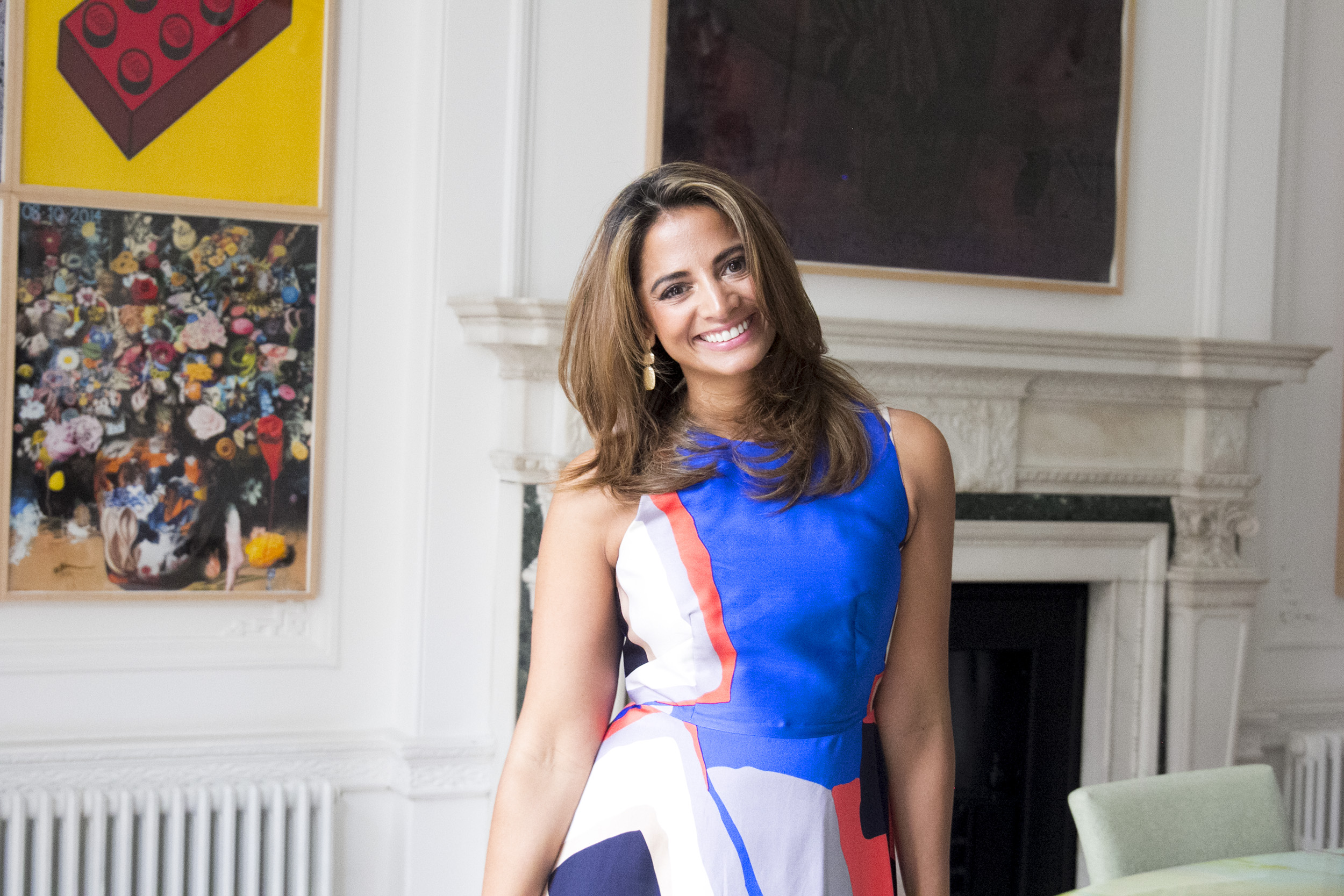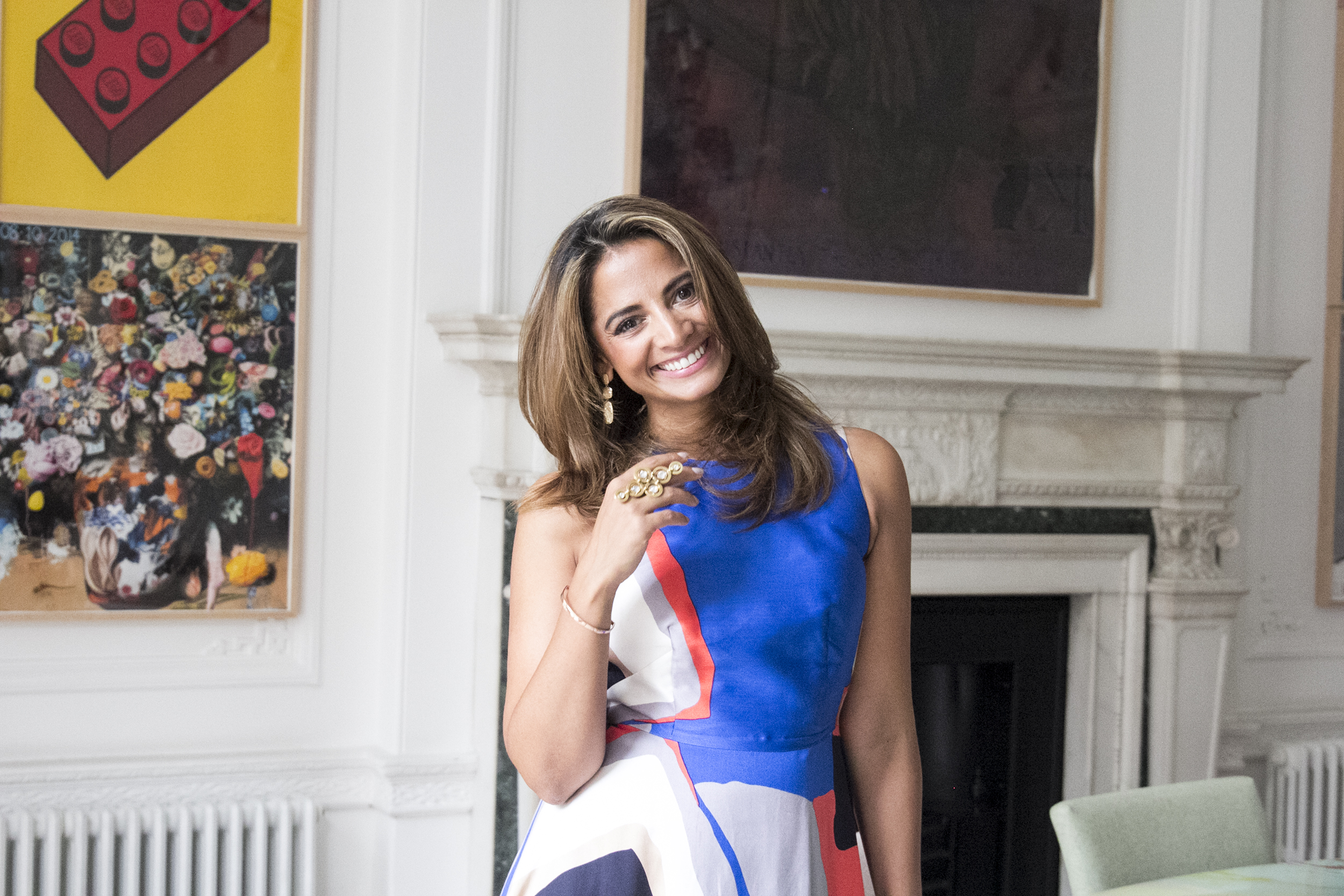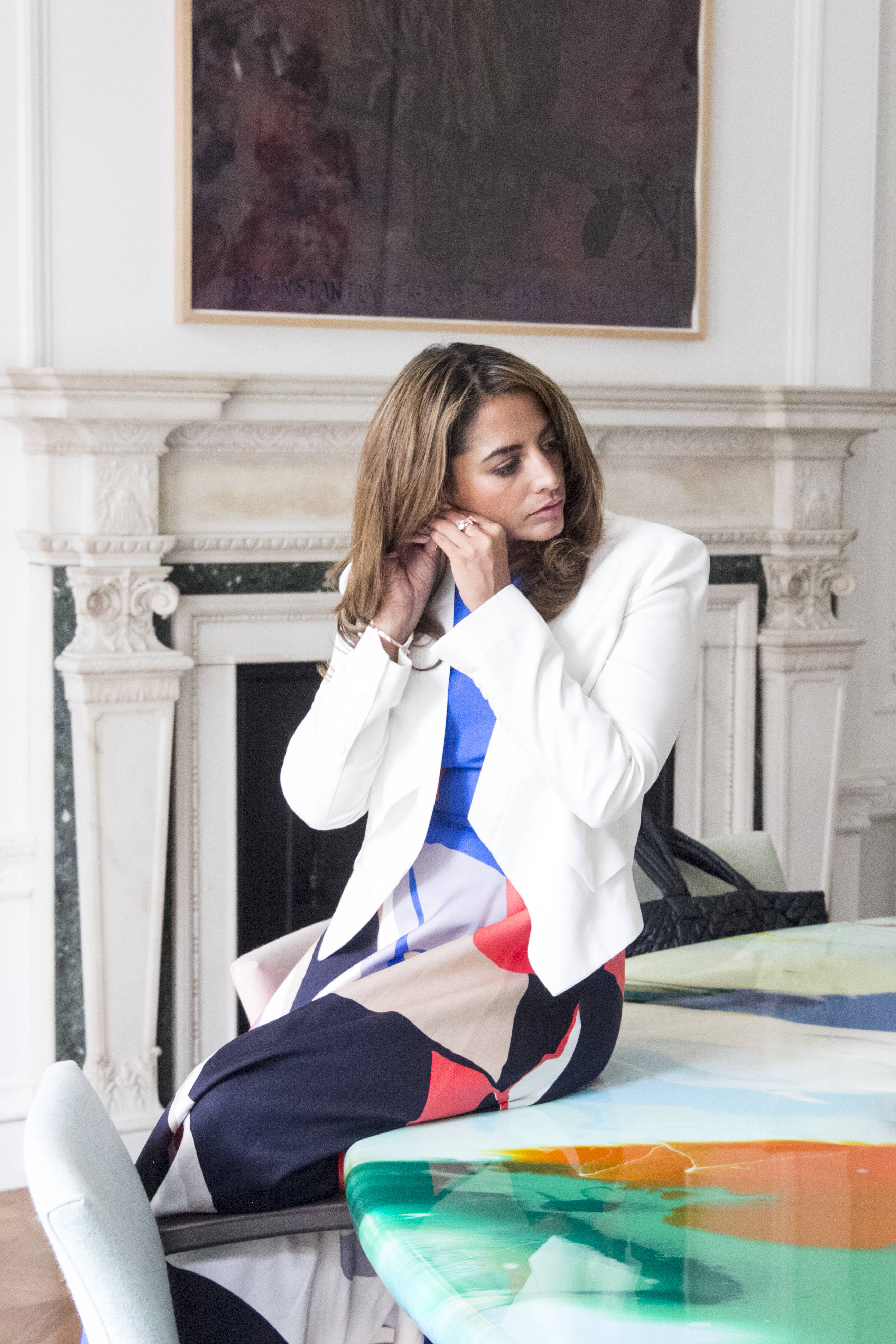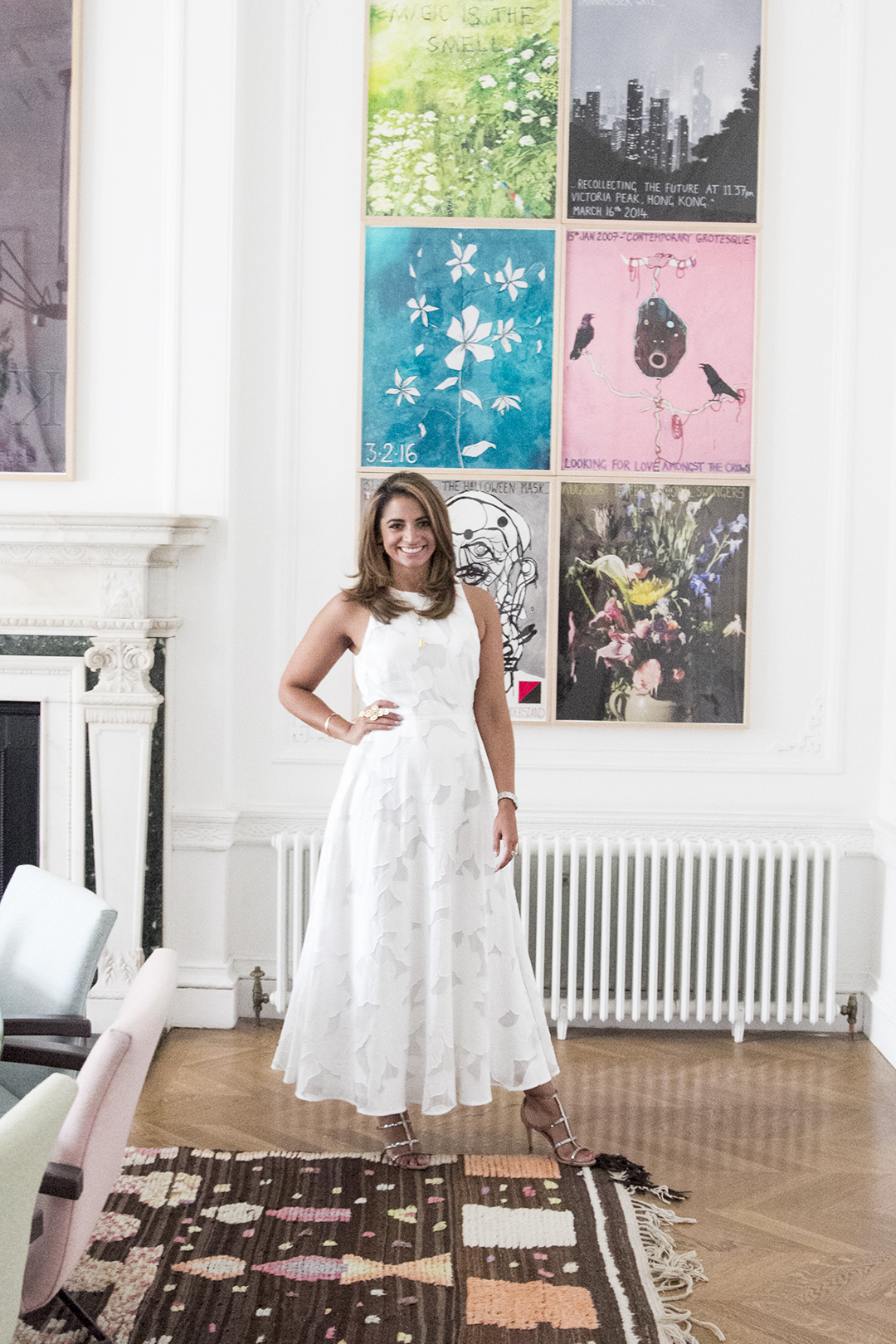The biggest challenge I have as a freelancer is knowing when to say no. When you’re building your business, the last thing you want to do is bite the hand that feeds you, but come time you start to realize that it’s the quality of your connections – not the quantity – that really matter. And if you start off on the right footing—clear about why you’re doing what you’re doing, those difficult conversations suddenly become a little easier. I know inherently when something doesn’t feel right, but having the confidence to turn down what could be your only client takes confidence, self-assurance and guts—facets of Katy Wickremesinghe that couldn’t be sharper.
Really tapping into her clients – and more specifically, the clients she’d like to have – Katy founded KTW on a deep-set knowledge and enthusiasm for art and luxury brands. This clarity is what guided her business as it grew and continues to help it evolve now. The consultancy “cherry-picks” clients that share their vision and ways of working rather than just saying yes for the visibility and bottom line. Purposefully launched without a real business plan in place, Katy advises taking the time to really get to know yourself, the business and the clients you want to court before launching head first. Only after two years of research, mentoring and deep-diving into the sectors she wanted to be in did she launch KTW.
There’s a momentum and drive to Katy that you might expect from a woman who rose the ranks from an Account Assistant at Freuds to the Associate Director and Head of Luxury and Lifestyle at the agency. But it’s her commitment, expertise and humanity that really sets her – and her business – apart. From finding the right mentor – “someone who asks the difficult questions, that doesn’t just stroke your ego” – to creating a solid communications strategy and hiring cross-functional specialists rather than just someone who can get the job done, Katy gives us a whistle-stop tour of life as a communications specialist and the tools to replicate her success whatever field you’re in.
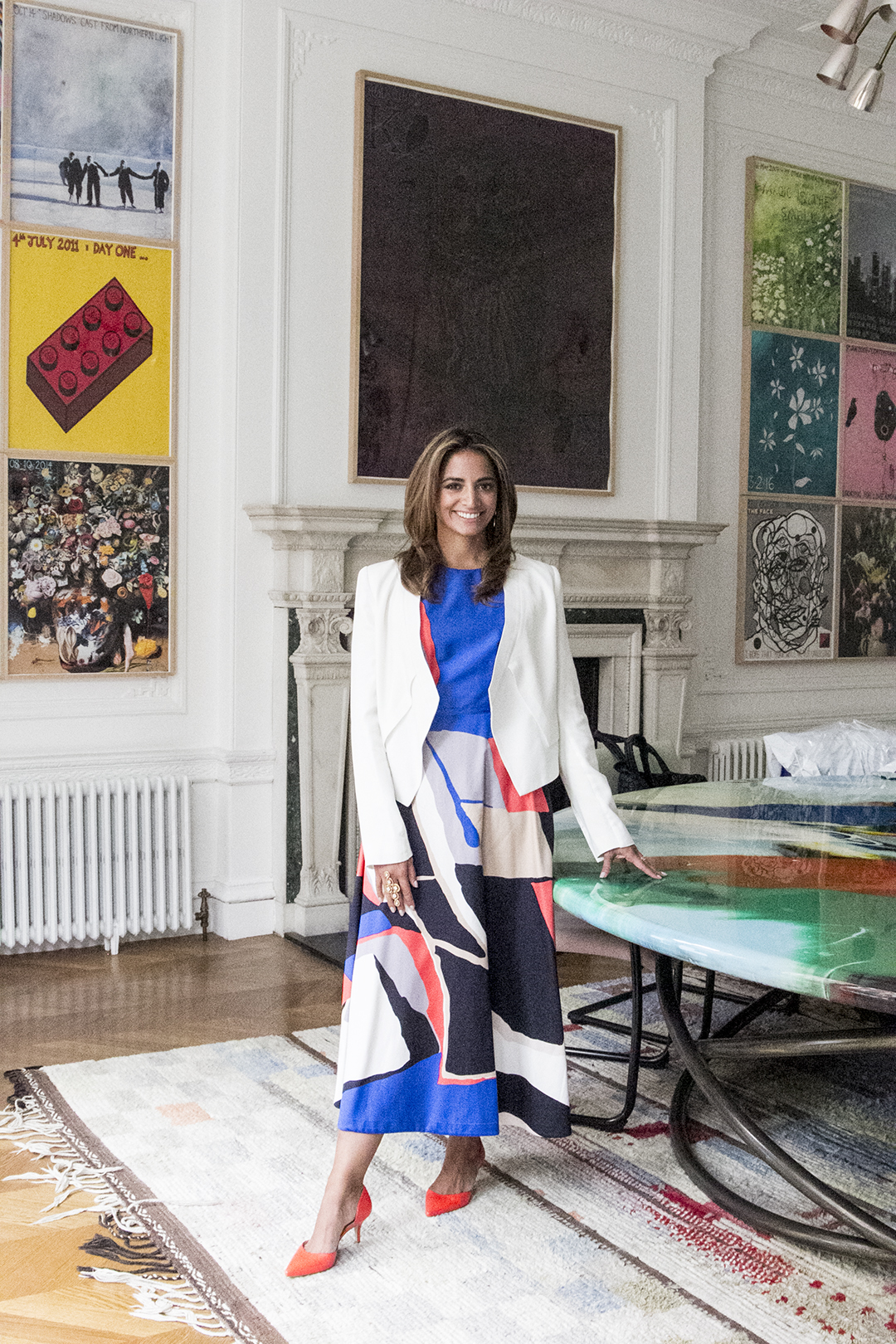 WHAT SHE’S LEARNED FROM A DECADE IN PR
WHAT SHE’S LEARNED FROM A DECADE IN PR
It’s the longest relationship I’ve had to date and created some of my richest and formative lifelong friendships and mentors. Working at Freuds took every single inspirational person you’ve met in your career, rolled them around and created some sort of magic career Swiss roll, which you could gorge on. From former Number 10 communications specialists, to BAFTA Committee members and CSR Doctors from Cambridge, there were copious specialists to work with and learn from and I learnt something new, every single day of my ten years there.
As an Associate Director running the Luxury Lifestyle division my clients spanned all the lifestyle spheres – building BAFTA fashion partnerships; media management for Burberry shows; launching new Soho House properties; Kerzner Hotels; and Vintage at Goodwood Festival. Relationships with editors, picture desks, writers and photographers were key – bloggers and social media didn’t exist – it was all about face to face connection and the hustle.
Knowledge is power. It is key to know your clients inside out and back to front. The onus is on you to learn about your client and the market place they operate in so that you can communicate with confidence about them and genuinely understand how they can get traction, while becoming their story-teller and guardian.
No one person can do it alone. “If you want to go fast, go alone. If you want to go far, go together”. Working across lots of projects and clients, I’ve come to realise that everyone plays an important role in success and it’s important to recognise every role each team members play and what they bring to the table. There’s no point building a ladder up and bringing the rungs up behind you.
Relationships are key. Ensuring good relationships with everyone you meet is key. Understand how important connectivity and genuine organic developed relationships are even in the instant world we live in. Make time for physical meetings recognise the importance of collaborating and sharing with peers and other businesses.
THE REAL REASON SHE LEFT
I missed the nimble nature of small teams creating big results collaboratively in creative areas which I felt passionate about. There is a David Bowie quote which I love, “…if you feel safe in the area you’re working in, you’re not working in the right area. Always go further into the water than you feel you’re capable of being in. Go a little bit out of your depth, and when you don’t feel that your feet are quite touching the bottom, you’re just about in the right place to do something exciting…” I have the quote written in all my notebooks so I can remember how I want to feel when I’m at work. It always propels me and pushes me into the unknown.
ON SEEKING OUT MENTORS TO SUPPORT HER TRANSITION
My experience as a consultant was a mixed one – at times I felt vicariously free; at times I felt morbidly alone. I was grateful for the support of key people who took me under their wing at that time or made the time to take meetings and engage in what I was doing; from Harry Blain to Mark Wadhwa, Ewan Venters, Nick Jones and my former CEO Nicola Howson.
Harry Blaim provided me valuable insights into the art world and exposure to an incredibly rich tapestry of artists from Mat Collishaw to Rachel Howard. I will never forget the buzz I got from being surrounded by art books in the library in the gallery office. Likewise, Ewan Venters, Mark Wadhwa and Nick Jones all made the time to hear about my business and aspirations and welcomed and included me in their networks. They made me feel believed in.
Anyone who has set up or runs a business knows it can be stressful, exhilarating, lonely and all encompassing all at the same time. Who better to advise you than people who are running businesses or have experience themselves?
I found it incredibly heartening when I left Freuds that some of the people I had always admired took the time and still do to meet with me or engage in what we do. It’s easier now for me to find new mentors because we are more established but I think it’s important to take note of those who make the time to meet when you are one person with a vision, before you have built anything. I think it’s key to choose mentors who challenge you and ask the uncomfortable questions that don’t just stroke your ego.
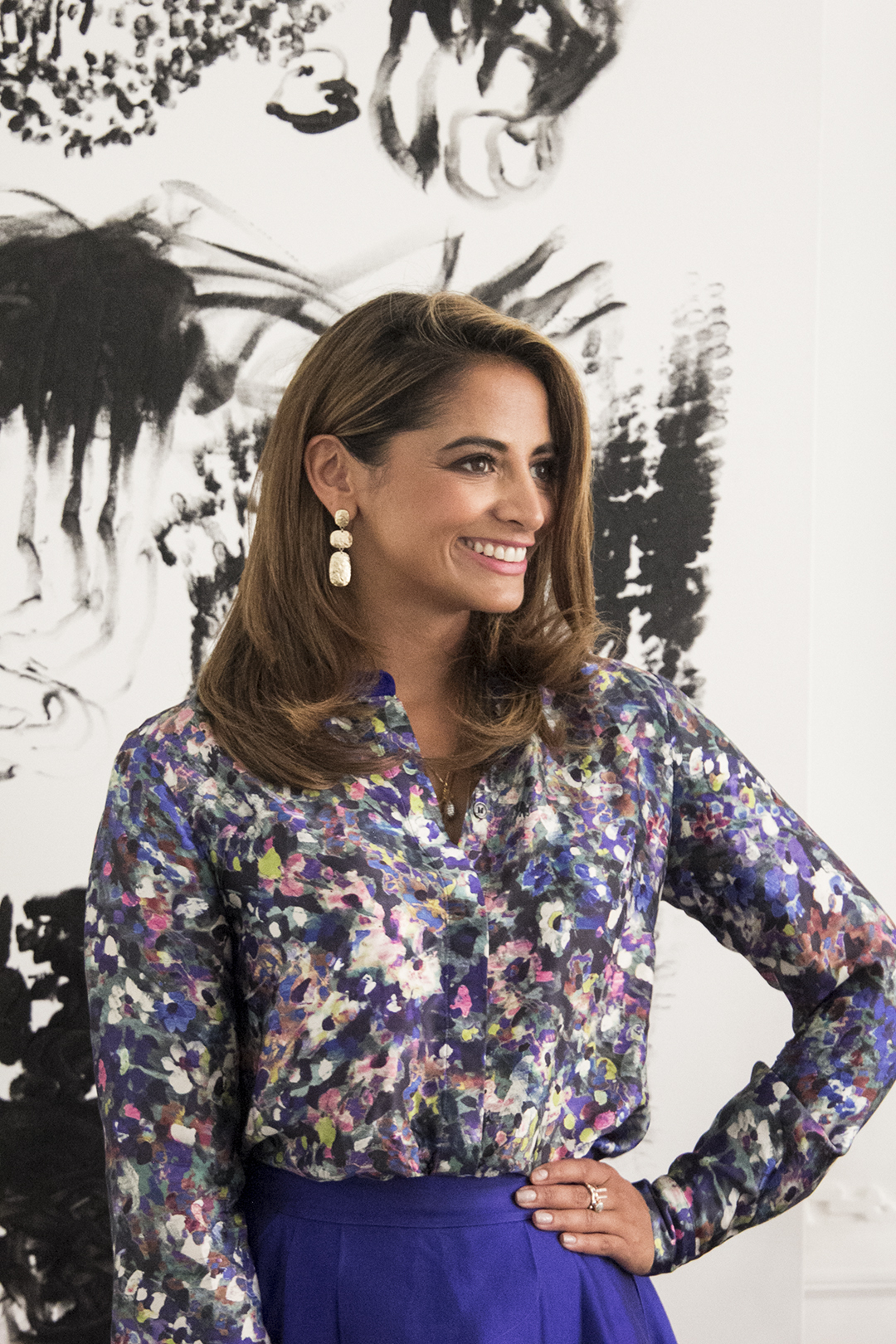 WHY SHE PURPOSEFULLY STARTED HER BUSINESS WITHOUT A PLAN
WHY SHE PURPOSEFULLY STARTED HER BUSINESS WITHOUT A PLAN
I knew there were many inspiring communications companies in art, luxury and fashion. Both generalist and specialist; some gargantuan; some niche. What I wanted to create was a hybrid model – a company which could eloquently stitch together worlds of high art and fashion, emerging and established talent and commercial and creative objectives. This model took the two years of time for me as a consultant to finely tune.
SHE DEDICATED TWO YEARS TO IMMERSE HERSELF IN THE ART WORLD BEFORE STARTING THE AGENCY
My first clients were an art client (Blain|Southern); a fashion client (J&M Davidson) and an influential women’s platform (Tina Brown’s Women in the World). All were born from organic conversations and a real understanding of what position those businesses were in and where KTW could fill a gap that wasn’t being serviced in-house. There were obvious conversations and natural affiliations that to me didn’t seem to be happening between these worlds and audiences. I felt confident in fashion from my previous career but I had to use re-work my existing skills to operate and navigate the art world. I committed fully and had to study every waking hour to catch up on my art history. PR skills are definitely transferrable across industries but I think in sensitive market places like politics or art, you need to have a more detailed and nuanced understanding of the factors at play.
There is no textbook for contemporary art nor an algorithm for the nature of what makes something desirable, ‘on brand’ or part of the zeitgeist. You have to listen and learn constantly and pay respect to the leaders in these complex fields. As an agency, we are here to act as a transmitter of ideas across these related industries and to help our clients know that development is long, complex and if approached with that in mind, is ultimately more rewarding.
WHY SHE HIRED SENIOR STAFF FIRST
I chose to hire specialists from corporate companies, art galleries, a fashion house and fashion institutions to date to offer a diverse and unique skill set that covers our service model.
We have also invested in the best external support teams – which has included finance, legal, employee benefits and a career coach. This means that I’m able to maximise my time with clients and have everyone working on what they do best.
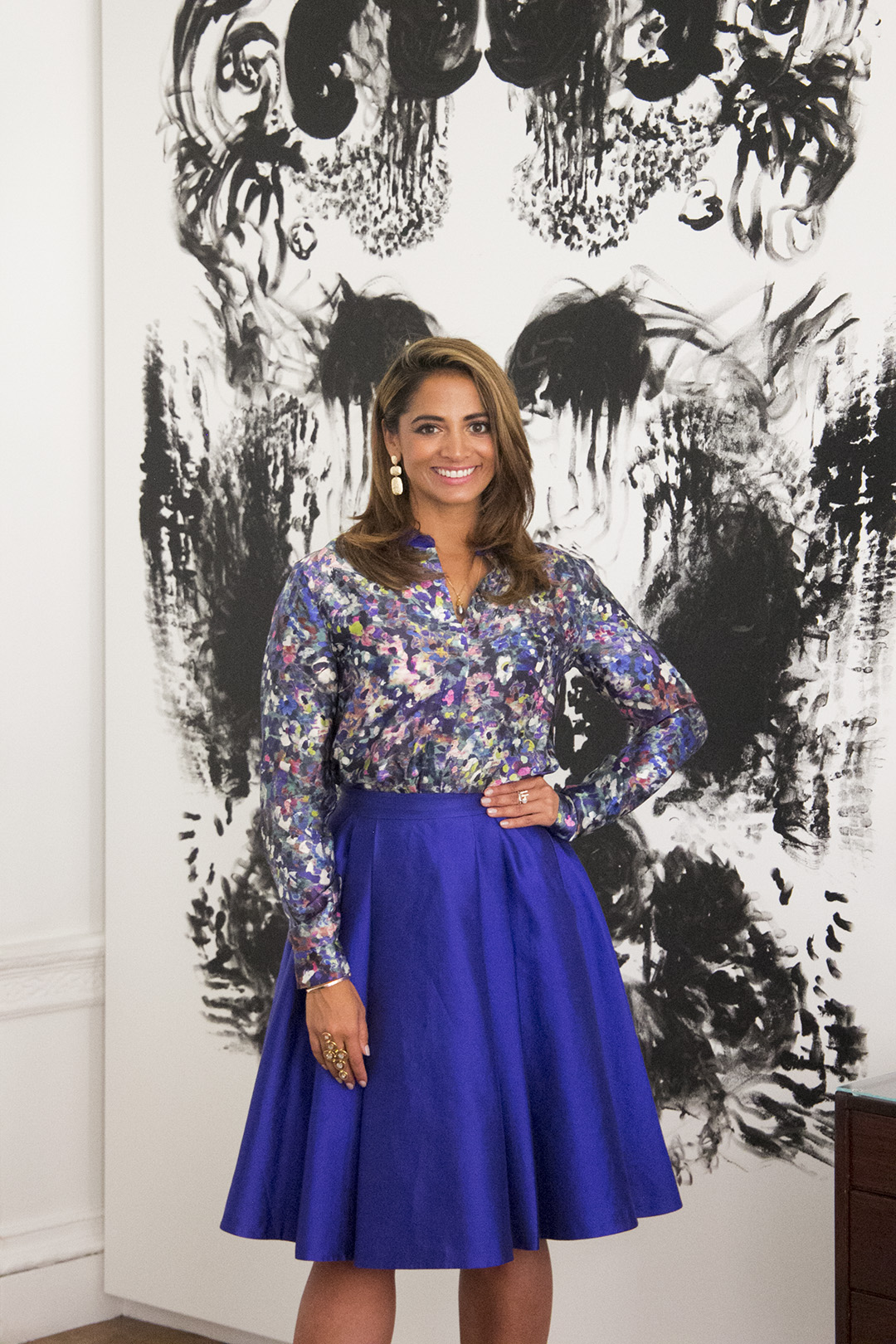 HOW TO CREATE A COMMUNICATIONS STRATEGY
HOW TO CREATE A COMMUNICATIONS STRATEGY
The key to any strategy is to first know exactly what you are trying to achieve and this needs to come from a solid brief. Broadly a strategy should be an answer to questions you ask about the business. These should include – what are the broad aspirations for the business and what is the purpose? Next you need to think about who you are targeting and who the audience is? Then you need to have a solid understanding of your market place so I would always suggest researching competitors and any factors in the current climate which could affect your plans. No one reinvents the wheel, so use the experiences of businesses that already exist to teach you what works and more importantly what hasn’t worked in the past. Once you have done all of the above, you are in a much more solid place to introduce new and exciting ideas.
It’s key to understand your capabilities when crafting a communications strategy too. This could be team size or budget – think big but be realistic about your practical limits.
GET CRYSTAL CLEAR ON WHO YOUR IDEAL CLIENT IS & HOW YOU WANT TO WORK WITH THEM
We only work with founders who are happy to engage with the KTW team directly. We can’t handle reputation or work on high-level counsel if the relationship isn’t on a level and collaborative. Working inter-agency can waste time and creates unnecessary bureaucracy.
I have a clear image of who my dream clients are and I really try and focus on those. In year 1 I turned down 30% of additional turnover because I was so intent on positioning the KTW brand in the luxury, arts and fashion space. It’s been quite a bold strategy but definitely one we are sticking to.
It’s also important to be clear about value you can add and don’t be afraid to point that out if it’s something they are not already doing. It’s about creating a connection and a need and knowing exactly how you can help that business reach its goals. It’s not enough to say “I want to work with Prada” you need to think “why does Prada need my head in that business and what benefits will they see”.
I think it’s key to drill down some basics when you meet and always cross off the practical questions – I’ve met too many people who say “it was a great meeting but I’m not sure they have budget”. It’s really important to be able to talk directly and maturely about money and the understand the value of what you do in both commercial and creative terms.
Deciding when your business is ready to grow is a tough one. Build the team and then win and service the clients or win the business and build the team around the client? I have done the former and built a strong team with skills I feel are relevant and important. This means we are now in an safe place to activate and service our clients to the highest possible standard.

